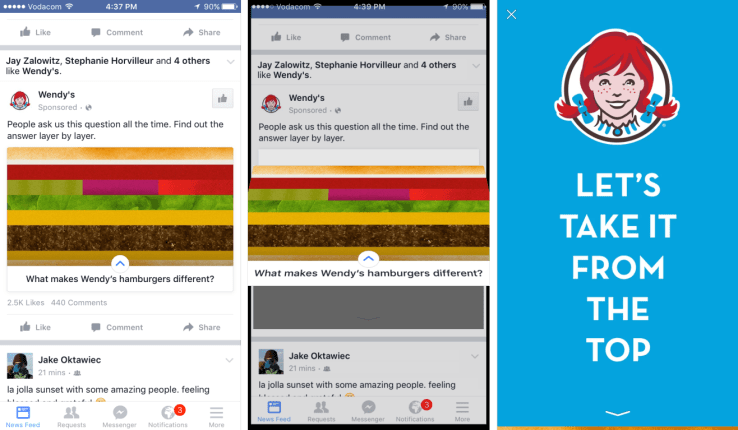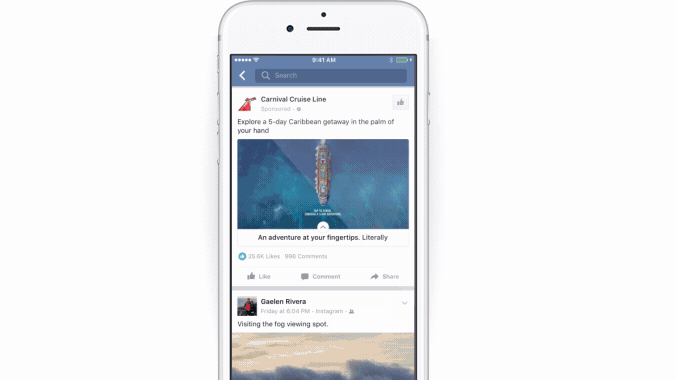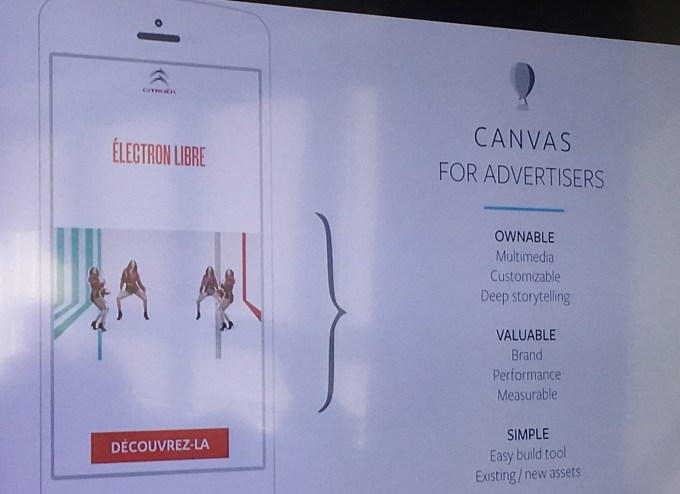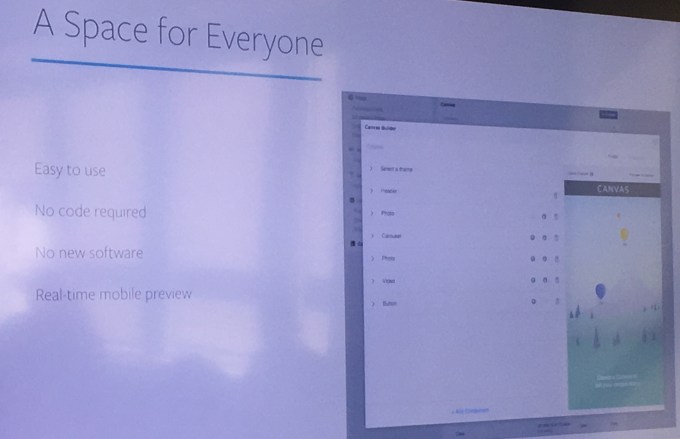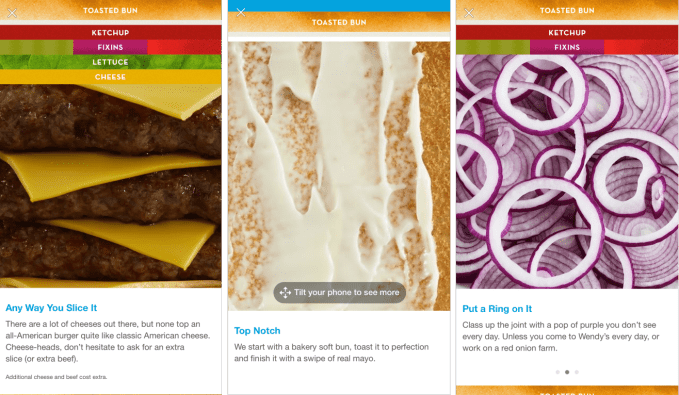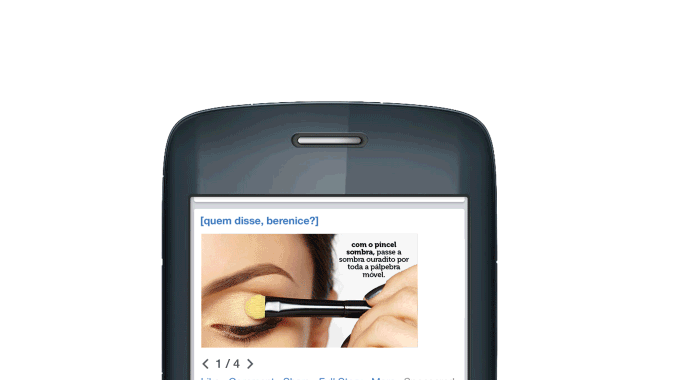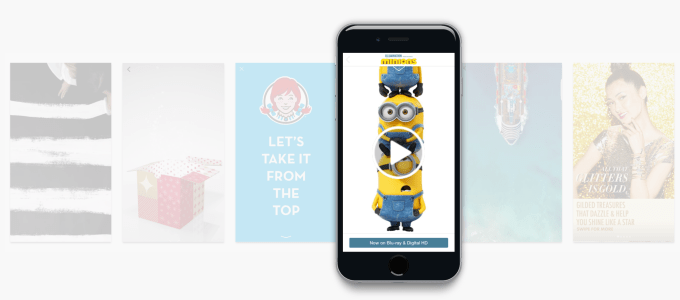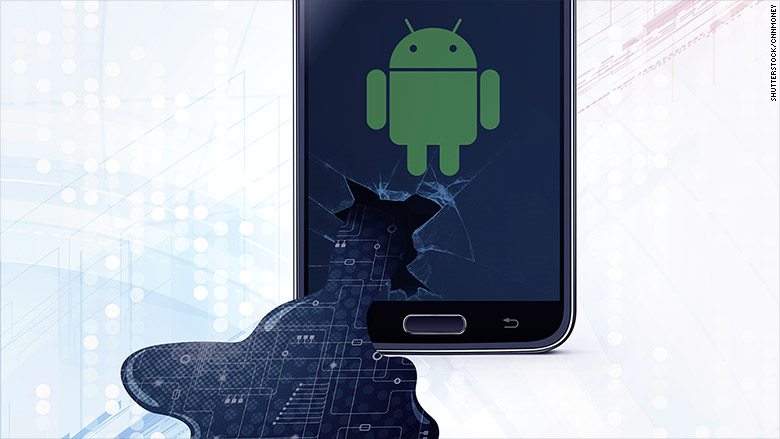Over the last 18 months I’ve held Apple (rightly) to task about several releases of iOS 8 and iOS 9 which broke as much as they fixed. But with Apple’s new iOS 9.3 release I want to applaud the company for making two commendable changes very quickly…
Important Change #1
Earlier this month a serious yet ridiculous bug was discovered: setting the date of an iPhone, iPad or iPod touch to January 1st, 1970 would brick the device the next time it was restarted. Why would anyone do that? Because a hoax spread across the Internet that it would unlock a secret retro iOS theme.

Apple iOS 9.3 is a major upgrade. Image credit: Apple
Well just nine days later iOS 9.3 has stamped on this. MacRumours spottedthat Apple has come up with a very simple solution: users now cannot set the date to earlier than January 1st, 2001. Though why anyone would need to do that when they aren’t being tricked by a hoax is beyond me.
As for those unlucky enough to have already bricked their iDevice in falling for the date hoax, you can now use iTunes to restore the device to iOS 9.3 and it will magically return to life. I’ve seen some fast Apple patches in the past, but nine days is pretty great going.
Important Change #2
There’s a similar sense of speed in Apple’s second major iOS 9.3 change. The first three betas of iOS 9.3 did something highly controversial: it stopped the Apple Pencil from being used as a navigation tool around iOS, limiting it purely to being a creative tool.
Since this loss of Apple Pencil functionality was not listed as a known bug in the iOS 9.3 beta release notes, concern rose and a plea on iMore to restore the lost functionality gained a lot of attention. Now 46 days into the testing of iOS 9.3 Apple has spoken out:
“We believe a finger will always be the primary way users navigate on an iPad, but we understand that some customers like to use Apple Pencil for this as well and we’ve been working on ways to better implement this while maintaining compatibility during this latest beta cycle. We will add this functionality back in the next beta of iOS 9.3.”

Apple Pencil navigation support is not going anywhere. Image credit: Apple
Cynics have understandably claimed Apple has been forced into a U-turn following the growing outcry and used it as a PR opportunity. Of course that is impossible to prove and I think it matters little. More interesting is that a company stereotyped for thinking it always knows has opted for what consumers want after a short spell of testing and headed off a potential mutiny from iPad Pro owners.
I wouldn’t see this as a sea change moment (the iPhone 7 is still going to lose the headphone jack, whether we like it or not), but it’s still something to be applauded.
Changes For All
So when will these fixes be available to everyone? iOS 9.3 has just entered beta 4 (for public testers and developers) and has already surpassed the development time of both iOS 9.1 and iOS 9.2 so it shouldn’t be long now. If I had to call it? The first week of March.
Given that iOS 9.3 contains the most significant changes I’ve seen in an iOS point release in a long time, that date cannot come soon enough. Meanwhile I’d suggest anyone affected by the date bug skip the queue and join the Apple Beta Program to grab it right now. It’s time to bring your devices back from the dead!




